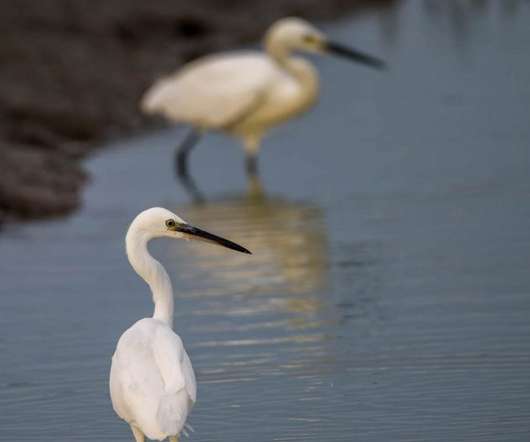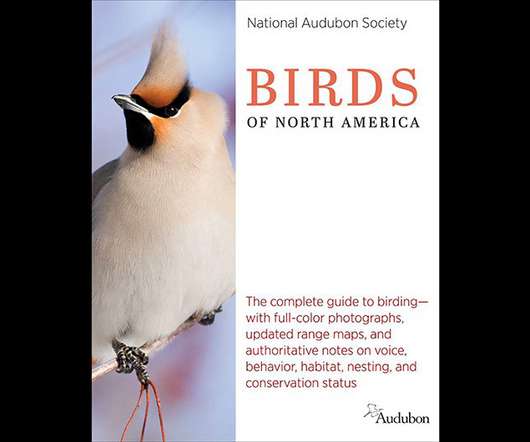The North American Model of Wildlife Conservation and Who Pays for It
10,000 Birds
DECEMBER 17, 2014
But the tenets of the North American Model were developed in the 19th century, when wildlife ethics and science were a mere glimmer of what we understand today. He notes that “Beginning in the 1960s, for example, conservation was dominated by non-hunters whose legacy includes key legislation such as the U.S.











Let's personalize your content